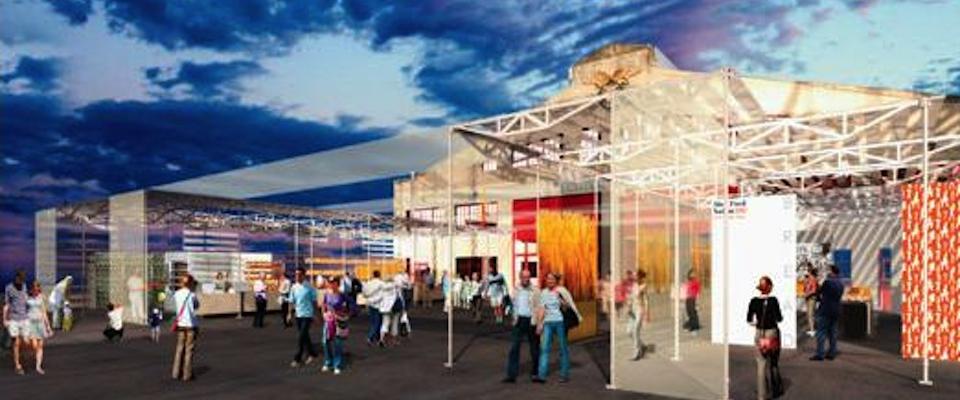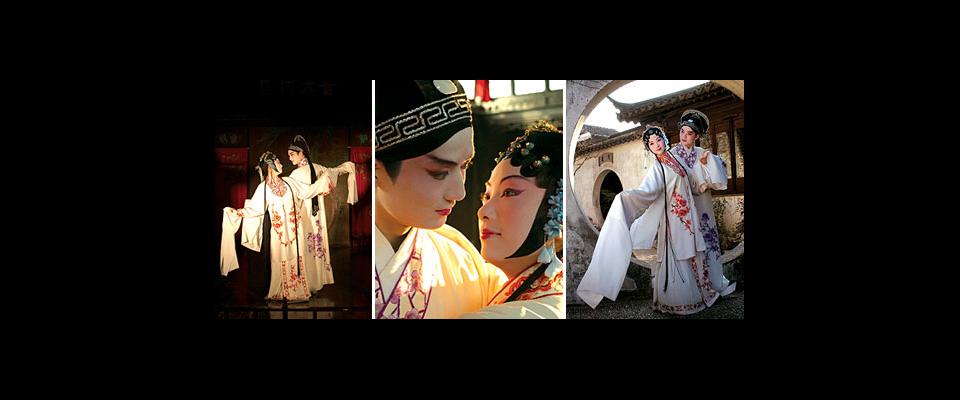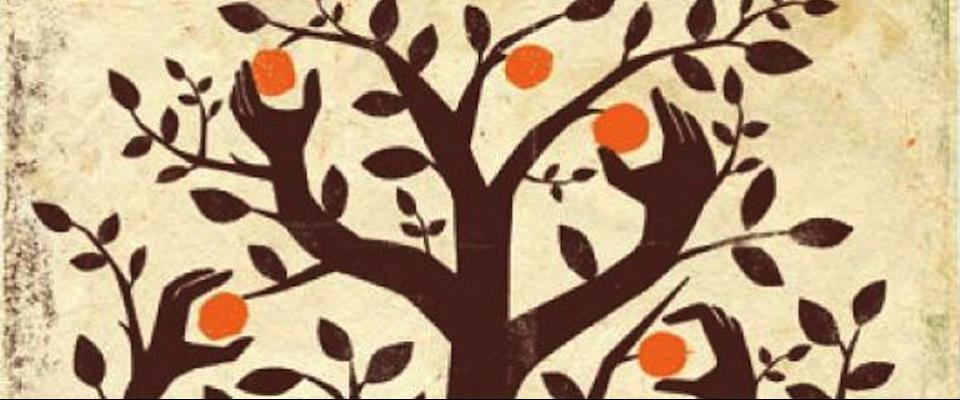At first blush the challenge seemed ridiculous: Turn 50,000 square feet of raw space at San Francisco’s Fort Mason into a gleaming gourmet pavilion. The materials had to be free or really cheap, sustainable or at least recycled, have a connection to food, and preferably come from someplace local. Oh, and the installation timeline: three days. The pay: nothing.
Oddly enough, more than 20 of the Bay Area’s top architecture firms wanted in on creating the backdrop for Slow Food Nation, a movement and four-day event designed to change the way people eat. These firms design billion-dollar airports, green civic centers, ornate churches, and distinctive museums—buildings that will leave their mark for a very long time. The food pavilion would be torn down after four days.
“We felt it was a natural combination: the designers and the food world,” says Hans Baldauf, whose firm Baldauf Catton Von Eckartsberg collaborated on the design of the Ferry Building Marketplace, a San Francisco shrine to Northern California’s artisan food producers. The firm also helped orchestrate the project. “We’re both really focused on sustainability. It goes beyond green building and organic food. It’s how we lead our lives.” Slow Food Nation’s parent organization, Slow Food, which advocates healthful, fair, and sustainable food cultivation and production, started in 1986 as a revolt against McDonald’s expansion into Rome. The group has now spread to over 100 countries. Although there have been similar events in Europe, this is the first one in the United States.
Months before the event (Aug. 29–Sept. 1), Slow Food Nation design coordinator Talia Dillman teamed architects up with food curators. For instance, Berkeley Professor Emeritus Stanley Saitowitz, M.Arch. ’77, of Natoma Architects partnered with the bread person. Together the two worked on carving out a piece of the pavilion to showcase hand-made baguettes, batards and other loaves.
“We told them they needed to borrow, beg, and if need be, steal,” says Naomi Starkman, spokesperson for the $2 million event. “And they’ve really risen to the challenge.” Designers borrowed 800 wood pallets and 1,100 milk crates from local companies, all of which will be returned and repurposed. There will be everything from a chocolate stall to a cheese station in the cavernous pavilion. Three thousand inexpensive pickle jars were purchased to create a pickle pergola, the containers placed in frames to form walls of glass. The lids will be used in a giant chandelier suspended from the ceiling. In the beer area, the bar will be made of recycled beer bottles. The coffee and tea stall is designed with scaffolding wrapped in fabric to create separate rooms. “When this is over, nothing is going to the landfill,” Dillman says. For the native food section, volunteers collected 45 bundles of tule reeds in Sacramento, which they’ll weave into mats to build huts, where wild rice and posole with bison and native corn are to be served.
“Slow Food provides a template for thinking about sustainability,” Baldauf says. “We are all building green to varying degrees but this is helping us learn why it matters. This event is like a laboratory, we are learning from each other.”




















